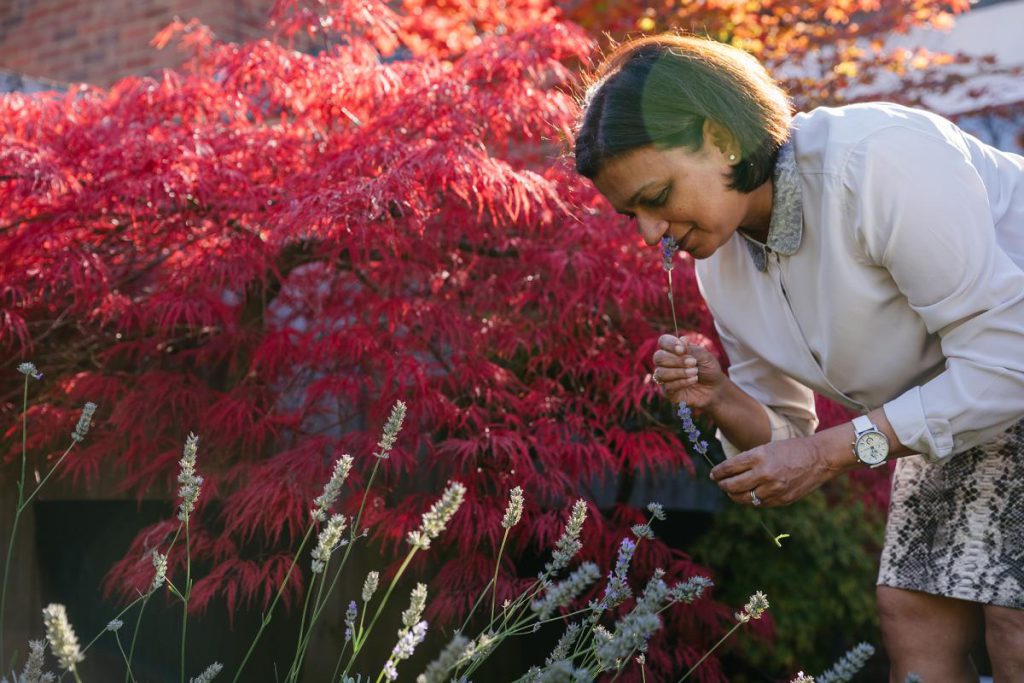Right care in the last year of life: giving patients choice
We think that people with a lung disease approaching the end of their lives should have a choice over the treatments they receive and how they are cared for.
Many lung diseases are unpredictable, so it is often not possible to give any certainty about how much life people have left to live. This is why we want health care professionals to have an open and honest conversation with people with a terminal lung disease as early as possible to help identify areas where additional support may help. Every decision should consider the needs of the patient and of their families.
A tool to help patients express their needs
Patients rarely have enough time with health care professionals, and even when there is time to talk, people with a lung disease are uncertain what they can ask about. Health care professionals cannot rely on patients telling them their concerns and may only be able to discuss immediate medical issues, or not know how best to approach a conversation about dying at all. This can make planning good end of life care difficult.
The Support Needs Approach for Patients (SNAP) is an intervention that enables people to identify their own includes a tool with 15 questions for patients to help them to consider where they may need more support. Patient completion of the SNAP tool is followed by a conversation between the patient and health care professional to express, prioritise and address the unmet support.
Patients should be supported to stay at home when appropriate, if this is what they want. Some will want to go to a hospice or to hospital, but they have a right to choose to have end of life care at home. Specialist care can be provided by community care nurses, who can give hands-on nursing or personal care, advise on pain and symptom control and provide practical and emotional support for the patient and carers at home. Social services can also help patients remain at home including providing home adaptations like hospital-type beds.
Personal view: choosing to stay at home

Divya Malde’s mother Lalita died last year at the age of 82. She was diagnosed with IPF in the summer of 2008 and in 2014 she was diagnosed with Alzheimer’s. Despite her illnesses she was initially very determined and lived with a degree of independence, latterly supported by family and carers. As she neared the end of her life, Divya and her family decided to arrange for Lalita to remain in her home in Kettering rather than spend her final days in a hospice.
“I wanted to have a conversation with my mother but she did not want to discuss death and it was too emotional,” says Divya. “But mum would not have liked to be in hospital or in a hospice. She passed away in familiar surroundings, which is what she would have wanted.”
Divya’s sister is a GP and had knowledge of the care system.
“This made a big difference to the family because it helped us to arrange the care mum needed at home,” says Divya. “It is more difficult for families who don’t have that experience, and particularly for those people who are alone.”
Having an experienced carer to support the family at home also made a profound difference, Divya says. “She was so comforting, talking, holding hands with mum. She knew precisely what to do and say when the time came.”
Divya would encourage more people to seek the support they need if they want to die at home. “Don’t be put off by the obstacles that appear to be in your way.”
Practice example: Supporting end of life care at home
Royal Brompton Hospital, London, launched an initiative called Hospital2Home (H2H) to support patients’ end of life care choices, aimed particularly at those affected by advanced interstitial lung diseases (ILDs).
The aim of H2H is to aid the transition of care for patients from hospital-based treatment to care nearer to home. H2H gives patients and their families and friends more confidence about making the choice to be cared for at home by improving communication between hospital and community services.
Through the H2H scheme, every member of the health care team who has a legitimate relationship with a patient will have easy access to information about a patient’s end of life choices, no matter where they are based, ensuring a seamless and improved service for the patient.
The scheme is supported by a specialist team and based at the hospital. This team makes sure that patients whose care is being moved from hospital to home can be certain that their local health care services will be ready and waiting.
A study of H2H, involving 53 patients, suggests that community case conferences improve easing of symptoms and quality of life after four weeks.
Measures of success
An increase in the number of people with lung disease who have a personalised care and support plan in the last year of life.
Data need: NHS England to collect data on the proportion of people with lung disease who are identified as approaching the end of life and have a shared personalised care and support plans.
An increase in the average proportion of time people with lung disease spend at home in the last year and the last 90 days of their life.
Data need: NHS England to collect data, retrospectively, on the amount of time people with lung disease spend at home, hospital or in hospice care in the last year and last 90 days of life.
